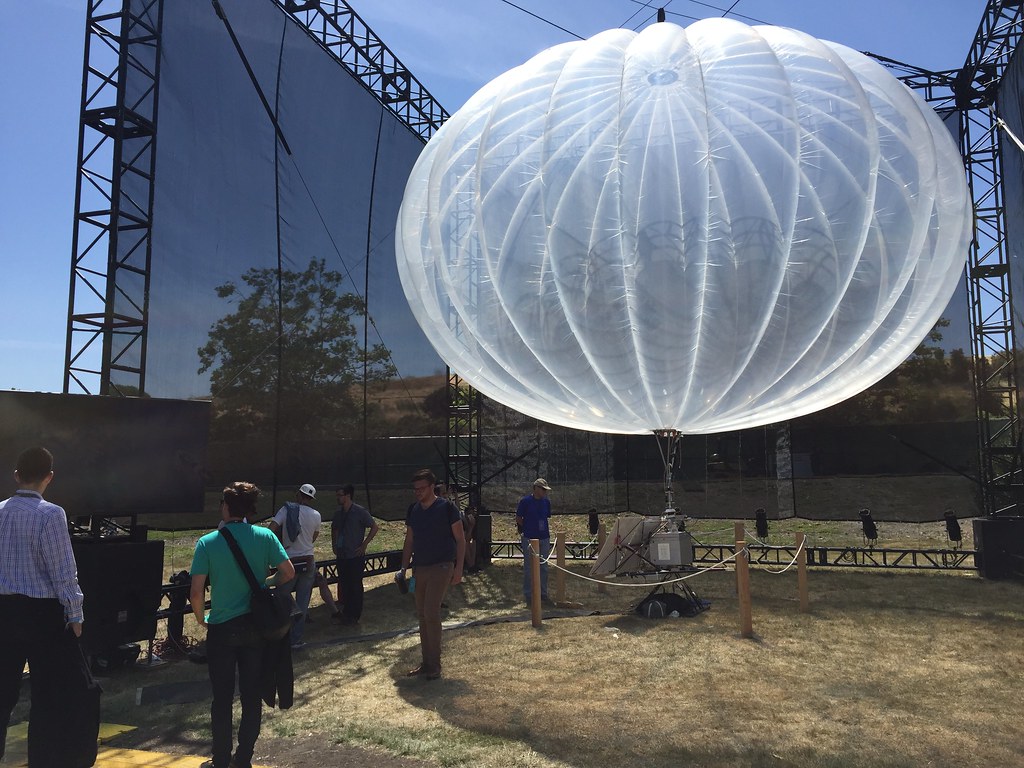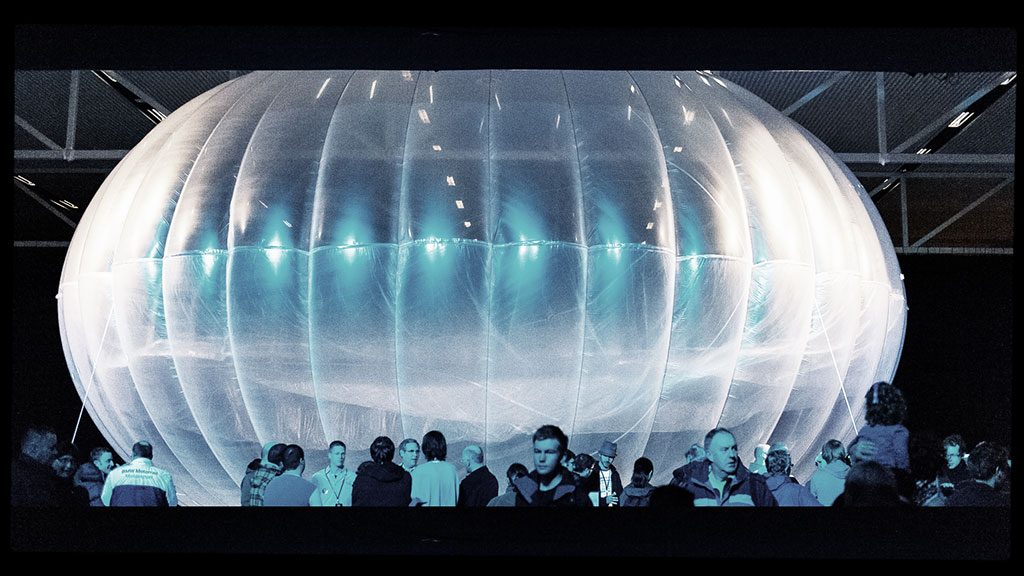
5 Tips To Help You Build A SaaS Business
Validate Your Idea
It doesn’t matter what kind of software product you are interested in creating, everything starts with an initial idea. It is always a bonus to be original. However, the success of your Saas business will mainly depend on the quality level of your software system as well as the market need for the product you want to develop. After all, insufficient consumer interest in a product is the main reason why 42 percent of all startup businesses fail.
Imagine that you want to launch a beacon proximity marketing platform for medium- and small-sized retail businesses. What is your plan for it? The first thing you should consider is a feature set that can help you stand out from your competitors (which includes some high-profile vendors including Beaconstack, Swirl, Moca, and Google) and get multiple use cases created for your product. The second thing you should do is determine the number of companies that actually use beacons and figure out what their pain points are (being unable to measure customer satisfaction and engagement, high volumes of sensor data, and the high cost of getting a dedicated mobile app developed, etc.).
You should also address the concerns of shoppers: 64 percent of consumers choose not to opt into in-store tracking due to potential infringement of their privacy and message overload. You probably realize at this point that it is simply a dead-end to get hung up with proximity marketing. Is your product able to address needs such as monetization of beacon-generated information and smart asset management? Does it make sense for you to have a dedicated app created that supports your analytics platform (and try to challenge giants such as RetailMeNot)? Find it is a good idea to develop an MVP, gather feedback from customers, read our guide on SaaS KPIs, and adapt the scope if necessary.
Develop Your Monetization Strategy
Although a majority of Saas companies prefer giving their product away for free to get a solid user base established, more forward-thinking SaaS entrepreneurs like Chris Savage (Wistia) and Tom Kuzler (Aweber) recommend that you start out using a paid plan, and then study consumer behavior, get your product polished, and then proceed to offer a freemium without running into the risk of underpricing your SaaS product. Having a small amount of paying customers (and lots of time to spend on your customer service) is an excellent way to keep advancing your business, get your product tailored to the needs of your customers and retain users.
Develop a Strong Tech Team
Let’s return to the beacon analytics platform: There are other similar Saas offerings (the joint project by Swirl and Mist, for example) that incorporate innovative technology such as virtual beacons, machine learning algorithms for analyzing sensor data, GPS tracking solutions, mobile SDKs that allow customers to connect current mobile applications with the system, and Cloud-based business intelligence apps.
Therefore, you need to develop a strong and skilled in-house team (six to eight senior and middle developers) for handling software development as well as ongoing maintenance for several months in a row – and it may take years for trails to be converted into paying customers. To eliminate or reduce insurance costs and office space and obtain access to new pools of talent, EU and US SaaS entrepreneurs frequently hire overseas software developers (with Asia, Latin America, and Eastern Europe heading the list of the most popular destinations for outsourcing). Also, going offshore is an excellent way to lower your software development costs (which can be an issue for startup companies that are on a shoestring budget). That said, your team needs to have a CTO – otherwise, you may have a difficult time raising enough VC capital for your business.
Keep UX In Mind When Creating High-Performance Software
Be careful with Fixed Price contract. You will most likely need to make changes to the scope of your project. The only that you can ensure cost-effectiveness and flexibility is to choose the Time and Material pricing model.
Second, it is a good idea to partner up with a leading Drupal/WordPress/IoT/mobile development services company with an impressive portfolio and then stay hands-on with the entire project. Don’t underestimate a UI design’s power: a few years ago there were three experienced nurses who failed to determine how to set a medication reminder set up properly and as a result, a patient was dehydrated to death. Your customers are non-technical people who expect user-training videos, short registration forms, clear calls to action, and contextual menus. As long as your customers are able to solve setup-related issues without having to speak with a customer support specialist, then that means you have done a great job.
Market Your Product Correctly
You should actually start to market your SaaS solution well before your product goes live. Get a good explainer video and landing page created. Launch a Facebook or Google AdWords campaign to drive traffic over to your website. Another good idea is to get several informative articles published on your corporate website as well as reputable third-party websites that highly the benefits that your product offers. It also can help to get involved with startup events and get press coverage from some leading IT portals. Spread the word as much as possible and you will be successful.
How Can You Start a Successful SaaS Business?
You are probably thinking that it’s going to cost you a fortune to get a decent SaaS product developed and years to recover your marketing and software development expenses.
Before giving up on your SaaS business, you should read this incredible Kissmetric posts written by Ryan Shank who was able to develop a SaaS business (analytics and call tracking software) for under $40,000. In particular, I want to compliment the decision made by Mr. Shan to contract a company employed developer (instead of freelance software engineers who don’t always have the necessary PM skills and expertise to ensure your project is delivered in a smooth manner).
Then there is Dropbox. This multi-billion company took a non-traditional approach to MVP development. They created an inexpensive but highly informative and creative explainer video which helped the company grow its beta waiting list overnight from 5,000 up to 75,000 users.
As long as you are able to come up with a fresh concept, develop your software project requirements that are based on feedback from customers, and get a reliable vendor contracted for creating an MVP, then you should be able to get angle funding to raise money via Kickstarter. Then follow up using the tips provided above!





















